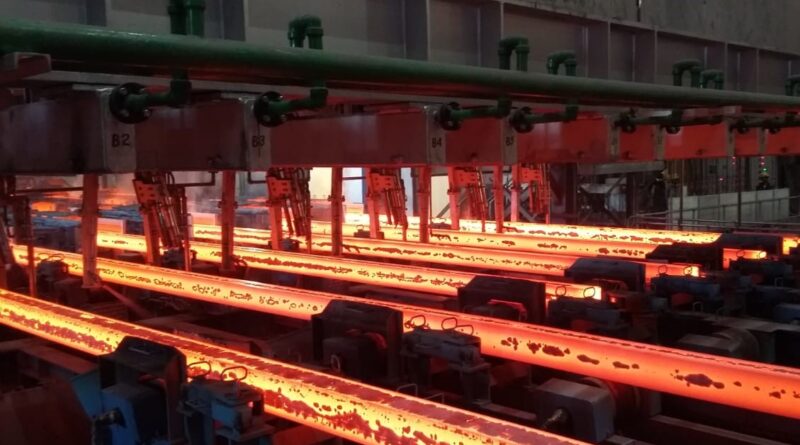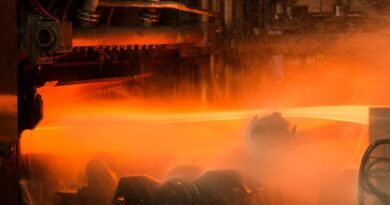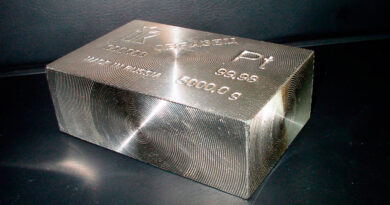Short range outlook for steel industry of advanced economies
Steel demand in the developed economies suffered a sizable contraction in 2022 because of monetary tightening and high energy costs. After falling by 6.2% in 2022, it is expected to increase by 1.3% in 2023. In 2024, a recovery of 3.2% is foreseen.
European Union (27) and United Kingdom
The EU economy turned out to be more resilient to the energy crisis caused by the Ukraine war than initially thought. While the EU economy grew by 3.5% in 2022, avoiding recession, industrial activities suffered significantly from high energy costs that led to a sizable contraction in steel demand in 2022. In 2023, the EU steel industry will continue to feel the impact of war, other supply chain-related issues, and continued monetary tightening. In 2024, demand is expected to see a visible rebound as the impact of the Ukraine war and supply chain disruptions are expected to dissipate. However, the outlook is subject to persisting uncertainty.
After a fall of 7.9% in 2022, demand is expected to fall by 0.4% in 2023. A 5.6% rebound is expected in 2024.
United States
The strong post-pandemic rebound of the US economy has run its course with the Fed’s steep interest rate hikes to tackle inflation. Growth in 2023-2024 is expected to be subdued by recessionary pressure. Furthermore, the spillover from the recent SVB bankruptcy needs to be watched.
Rising interest rates as well as land and material costs are putting negative pressure on construction, particularly for the residential sector, while recovery in the non-residential sector is expected to continue.
Infrastructure is aided by recent legislation such as the 2021 infrastructure law and the Inflation Reduction Act (IRA). Steel demand from the energy sector is also expected to benefit from expanding energy production.
US manufacturing sector activity has slowed from the strong post- lockdown rebound. Rising car prices, high gasoline prices, and interest rates have put downward pressure on US auto sales, and US light vehicle sales went down by a further 8.0% in 2022. They are expected to recover by 8.0% in 2023 and an additional 7.0% in 2024 with a potential decline in interest rates. However, sales will only reach 94% of the 2019 level.
After a fall of 2.6% in 2022, steel demand is expected to grow by 1.3% in 2023 and then by 2.5% in 2024.
Japan
Steel demand in Japan contracted in 2022 due to weak manufacturing and destocking. The weak global economic environment is expected to weigh on steel demand in 2023, but as Japan is a supply-constrained economy, the impact is not expected to be significant.
In 2022, the construction sector maintained positive momentum thanks to the building sector. Japanese construction is expected to expand thanks to civil engineering projects backed by the Fundamental Plan for National Resilience, recovery in capital investment, and new warehouses and logistics facilities. However, labour shortages continue to constrain construction activities.
In manufacturing, the industrial machinery and automotive sectors will show growth in 2023 and 2024 as supply constraints gradually ease.
After a fall of 4.2% in 2022, demand is expected to increase by 4.0% in 2023 and then by 1.2% in 2024.
South Korea
In 2022, Korea’s steel demand contracted significantly due to declining facility investment and construction activity, which was further impacted by flood damage in the Pohang mills. In 2023, facility investment and construction will continue to be sluggish, and exports will suffer from a weakening global economy.
Although automobile production recovered well in 2022 on the back of easing supply chain constraints and strong exports, moderate growth is expected in 2023 and 2024. Production is still expected to remain below pre-pandemic levels. The shipbuilding sector is also expected to help a mild recovery of demand in 2023 and 2024.
After a fall of 8.6% in 2022, steel demand is expected to increase by 2.9% in 2023 and then by 2.0% in 2024.




